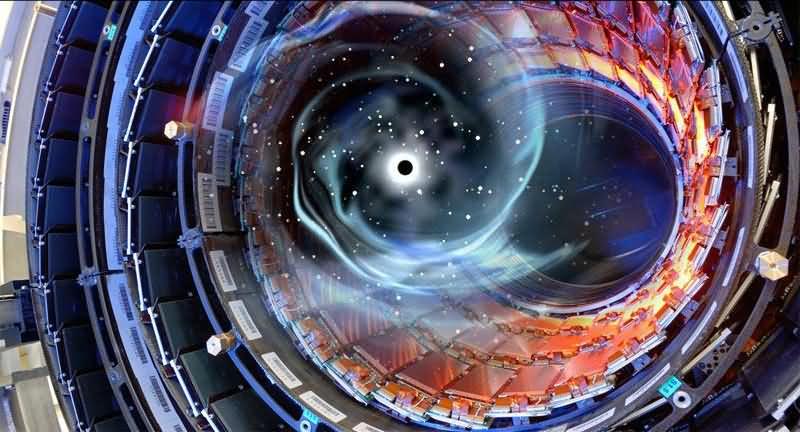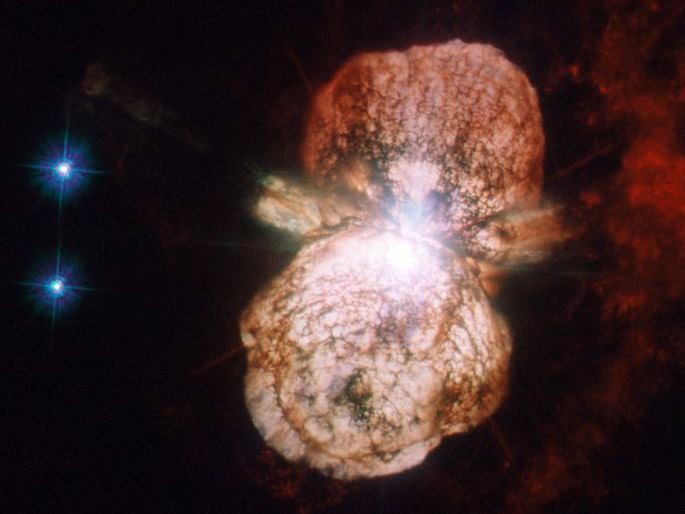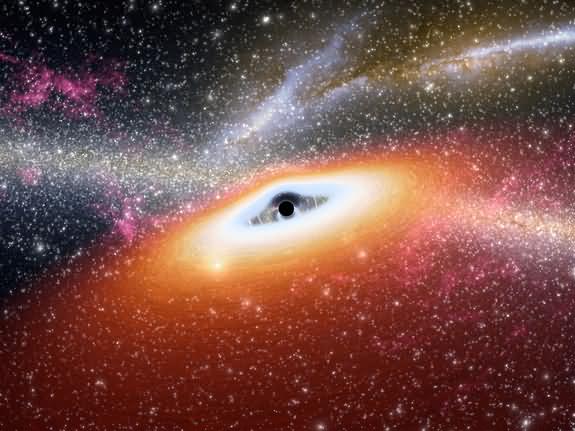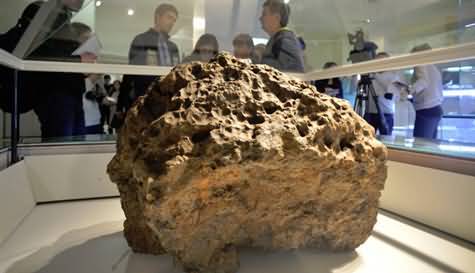Gravitation, Multi-Dimensions, Tiny Black Holes
Of the four fundamental forces in the universe, gravity is perhaps the strangest. It's the most powerful force, holding everything together even across hundreds of millions of light-years. At smaller distances, it holds everything together like our solar system does. Yet, even a tiny magnet can easily overcome this force. Why is it also so weak? Physicists have long been trying to figure this out.
This is where multidimensionality and gravity come together in an interesting theory. The theory argues that gravity flows or dissipates into other dimensions, preventing us from feeling its full strength in our own dimension. Find this now. He demonstrated the diminishing energy of the gravitational force in lower dimensions with water flowing through pipes. This hypothesis also suggests that dimensions can take on different shapes. One idea is that these dimensions are even smaller than atoms, while another suggests they are the same size as our atoms but one level larger. If this is true, it could also explain unknowns like dark matter.
 If gravity flows from higher dimensions to ours, weakening as we descend each dimension—meaning it becomes stronger in higher dimensions—then the true force of gravity may be distributed across other dimensions. This could also explain dark matter, which is invisible but whose gravitational pull we feel. Dark matter could actually be the footprints of gravity in other dimensions.
If gravity flows from higher dimensions to ours, weakening as we descend each dimension—meaning it becomes stronger in higher dimensions—then the true force of gravity may be distributed across other dimensions. This could also explain dark matter, which is invisible but whose gravitational pull we feel. Dark matter could actually be the footprints of gravity in other dimensions.
This is where the problem arises. To do this, we first need to prove other dimensions. The easiest way to prove this right now is to discover particles in other dimensions. An example of such a particle is described in the Kaluza Klein State theory. Normally, atoms have high and low energy states, while particles have low and high mass states. A particle in the Kaluza Klein state has a higher mass than a normal particle. I recommend further research on this theory, or I may write about it sometime if I get the hang of it. This theory, for example, discusses five-dimensional space.
Another way to test it is to observe a gravitational shift from one dimension to another. To do this, scientists collide particles at high speeds and search for the missing mass in the debris. In theory, this missing mass represents a gravitational shift to the other dimension.
Another method is to create our own black holes in the laboratory. Of course, these will be tiny black holes with a lifetime of 10 to the -27th power of seconds. It's not that scary. It won't swallow our world. The only device we have that can produce one is the Large Hadron Collider. Scientists can learn about other dimensions by studying the structure of this black hole.










There was a documentary on the History Channel called Parallel Universes, where gravity flowed into other universes with extreme visuals. Could you be talking about that?
Unfortunately, that's not the case. But there are some things I can say about that documentary. For example, for some reason, in documentaries like this, extra dimensions are often discussed as parallel universes. However, these extra dimensions exist in string theory, which suggests that a single universe consists of 11 dimensions. A parallel universe is something entirely different. Thank you for your interest.